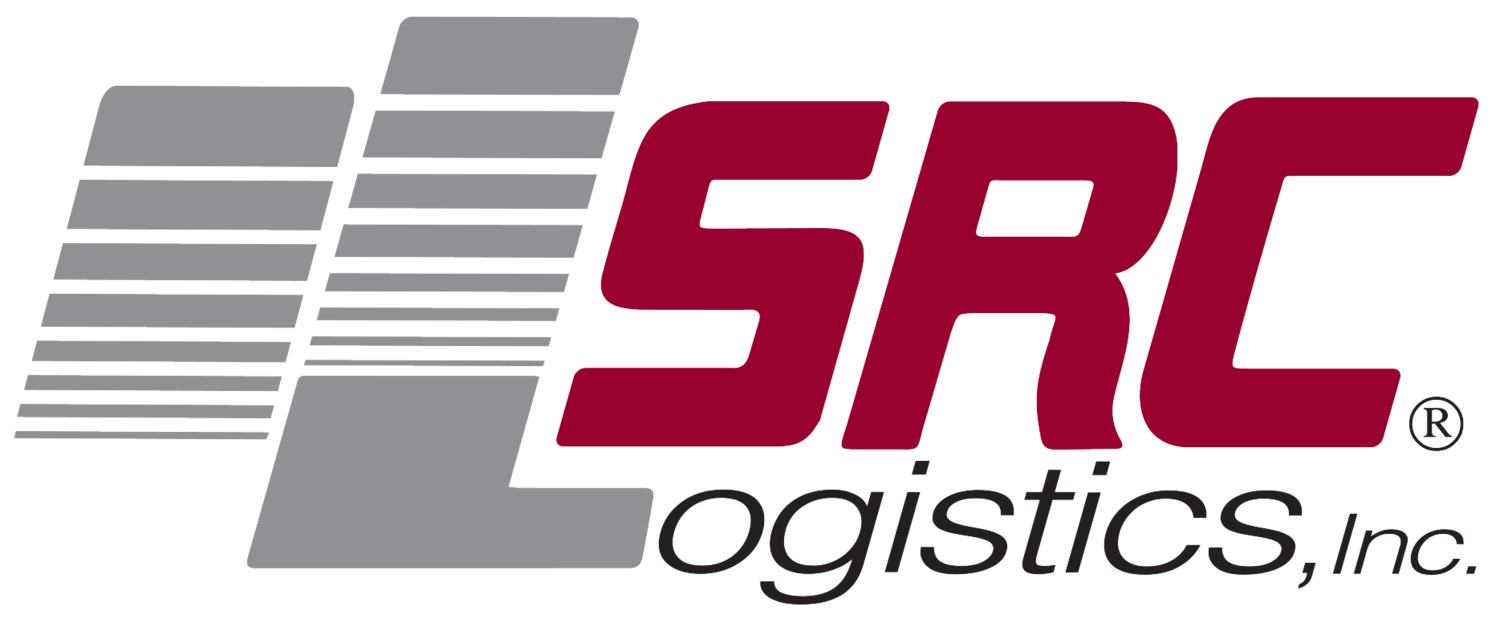Tools and Platforms Supply Chains Need to Increase Collaboration and Efficiencies
Collaboration between companies, purchasing offices, suppliers, factories, test labs, technicians, customers, carriers, and distributors is more critical than ever. Since the COVID-19 pandemic, carrier constraints, a new workforce, and distribution are constant concerns impacting business operations (1). Companies have found that their enterprise-centric systems no longer function in a post-COVID world. To stay competitive, companies will need to deploy tools and platforms that support tight collaborative workflows around forecasting, orders, deliveries, production, capacity, and inventory in real-time. Investing in a Supply Chain Management System will help supply chain organizations increase efficiencies and improve collaboration among stakeholders.
What is a Supply Chain Management System?
A Supply Chain Management System is an all-in-one software designed to support all stages of purchase order fulfillment. Recently, the focus of the supply chain industry has been to support purchase orders and transportation visibility and to provide reporting and analytical tools. The COVID-19 pandemic amplified the need for supply chain organizations to seek tools that help them make better and more informed decisions faster. A Supply Chain Management System creates a closed-loop system to effectively manage and increase business performance.
A quality Supply Chain Management System should include these three essential features: purchase order fulfillment visibility, a competitive Transportation Management System (TMS), and business management tools.
PO Fulfillment Visibility
Visibility into shipping, receiving, and fulfilling purchase orders creates a positive communication flow between companies and their suppliers. A Supply Chain Management System provides a software interface for tracking capabilities and managing all purchase orders. An interface with this capability effectively communicates orders status and improves information flow among stakeholders. It also brings visibility to fulfillment issues, allowing communication to be streamlined between supply chain organizations and suppliers.
Some features to consider when investing in a Supply Chain Management System are:
A software interface for supply chain organizations and their suppliers for all purchase order creations, shipping, purchase order fulfillments, as well as reporting capabilities
Full visibility and automated tracking of all supplier transactions from point of dispatch to delivery
Advanced communication of arrival status and complete/incomplete orders
Notification of purchase order fulfillment by quantity and timeliness
Automated scheduling and printing of shipping documents
Timely responses from a 24/7 customer service support team through all purchase order stages
Transportation Management System
Reliable transportation of goods and services is essential to the overall success of any supply chain. A Supply Chain Management system integrated with a competitive TMS optimizes the processing and purchase order fulfillment. It can also systematically reduce costs and reduce manual intervention in areas of pricing, scheduling, and delivery of shipping documentation.
A Supply Chain Management System should offer a TMS that delivers:
Competitive rates and tier-one carriage services
Dispatch and load management, including automated bills of lading/label generation, missed pickup management, carrier service problems, and freight claims assistance
Tracking capabilities that allow full visibility of all supplier transactions from point of dispatch to delivery and daily tracking and reporting of all transactions for the purchase order manager and customer service team
Specialized load management, such as excess weight/length, accessorial services, spot-market services to reduce rates, and expediting options
Business Management tools
Business management tools provide critical reporting and analytics necessary to manage and maximize business performance. Software that automates reporting and analytics will increase efficiency and support collaboration around business performance and forecasting.
Types of analytics and reports needed to effectively manage business performance include:
Online reporting for supplier performance and conformance
Analytical tools for accruals, costing, and pricing
Debit memo/chargeback reporting
Supplier performance reporting
Daily tracking and reporting of all transactions for purchase order managers and customer service teams
In the future, more and more companies will rely on technologies that optimally match demand with available supply within delivery deadlines. Companies that use software to manage demand and supply globally will surpass the competition. When rapid changes in supply and demand make forecasting based on the past impossible, the best strategy is an agile approach to permanently optimize the use of resources and production capacities (2). A Supply Chain Management System will reduce costs and increase efficiencies and revenue for a supply chain organization, ultimately increasing their competitive advantage in the market.
1 January 2021 issue of Inbound Logistics
2 Top 10 SCM Trends 2021 – Setlog




